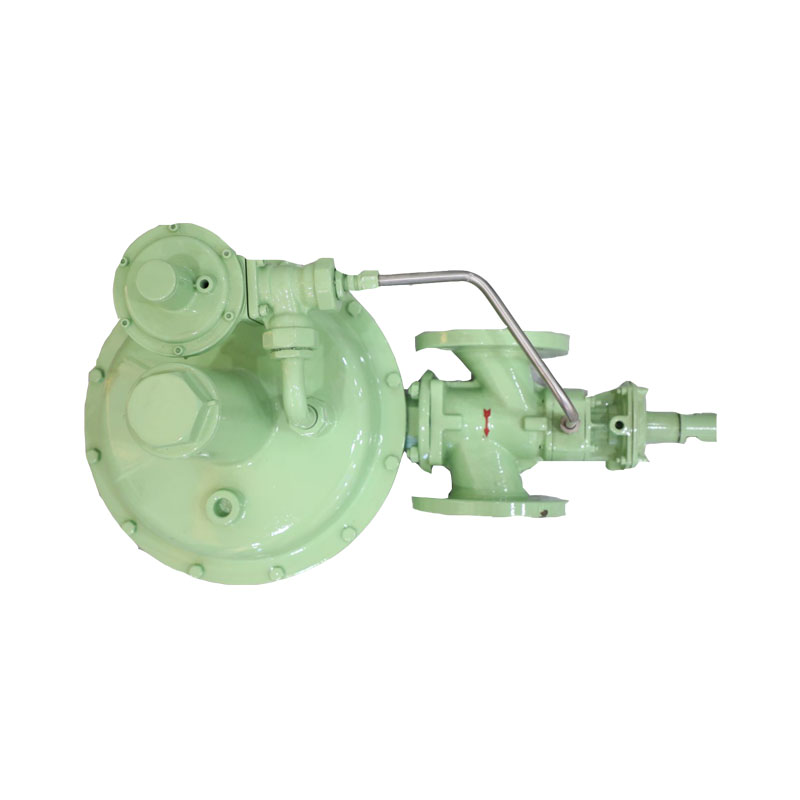
Dec . 04, 2024 09:27
Back to list
natural gas heat exchanger
The Role of Natural Gas Heat Exchangers in Energy Efficiency
Natural gas has long been a cornerstone of energy production and consumption, providing a cleaner alternative to other fossil fuels. One of the essential components in optimizing the use of natural gas in various applications is the heat exchanger, a device that facilitates the efficient transfer of heat between two or more fluids. This article explores the significance of natural gas heat exchangers, their functioning principles, types, and the impact they have on energy efficiency.
Understanding Heat Exchangers
Heat exchangers are crucial devices used in a plethora of applications, ranging from industrial processes to residential heating. Their primary function is to transfer heat from one medium to another while keeping them separate. In the context of natural gas, heat exchangers are utilized in systems such as gas heating, power generation, and even in large-scale industrial processes.
The basic principle behind heat exchangers is the conservation of energy. By transferring thermal energy from hot gases to cooler liquids or gases, they improve overall system efficiency and reduce energy waste. This two-way transfer system enables processes to reach required temperature levels without the need for excessive fuel consumption.
Types of Natural Gas Heat Exchangers
There are several types of heat exchangers commonly used with natural gas, including
1. Shell and Tube Heat Exchangers This design consists of a series of tubes, one set carrying the hot natural gas and the other the coolant. The arrangement allows for efficient heat exchange, making it a popular choice in gas processing and power generation facilities.
natural gas heat exchanger

2. Plate Heat Exchangers Made up of multiple thin plates arranged in a way that allows heat transfer between fluids. These exchangers are known for their compact design and high efficiency, making them suitable for applications with limited space.
3. Air-cooled Heat Exchangers These use air for cooling hot gases and are commonly employed in outdoor installations. They are particularly useful in remote areas where water resources may be limited.
4. Double-pipe Heat Exchangers As the simplest form of heat exchangers, they consist of one pipe inside another. One fluid flows through the inner pipe, while another fluid flows in the annular space between the two pipes. This type of exchanger is used in smaller applications, where the fluid flow requirements are not as demanding.
Improving Energy Efficiency
Natural gas heat exchangers play a critical role in improving energy efficiency across various sectors. By recovering waste heat from exhaust gases, these devices enable systems to operate at reduced costs and with lower emissions. For instance, in industrial settings, the use of heat exchangers can convert waste heat into usable energy for space heating or hot water, thereby decreasing the overall consumption of natural gas.
Moreover, in residential settings, high-efficiency natural gas heat exchangers can significantly reduce heating bills. Modern furnaces and boilers equipped with advanced heat exchangers are designed to maximize heat transfer, ensuring that homes are heated more efficiently while consuming less fuel. This not only translates into savings for homeowners but also contributes to environmental sustainability by lowering greenhouse gas emissions.
Conclusion
As the demand for energy continues to rise, the role of natural gas heat exchangers becomes increasingly important. These devices not only enhance the efficiency of natural gas utilization across various applications but also contribute to more significant energy savings and reduced environmental impact. With ongoing advancements in technology, the future of heat exchangers promises even greater efficiency and sustainability, making them indispensable in the pursuit of a greener and more energy-conscious world. By integrating natural gas heat exchangers into energy systems, industries and households alike can harness the full potential of this abundant resource, paving the way for a cleaner energy future.
Next:
Latest news
-
Safety Valve Spring-Loaded Design Overpressure ProtectionNewsJul.25,2025
-
Precision Voltage Regulator AC5 Accuracy Grade PerformanceNewsJul.25,2025
-
Natural Gas Pressure Regulating Skid Industrial Pipeline ApplicationsNewsJul.25,2025
-
Natural Gas Filter Stainless Steel Mesh Element DesignNewsJul.25,2025
-
Gas Pressure Regulator Valve Direct-Acting Spring-Loaded DesignNewsJul.25,2025
-
Decompression Equipment Multi-Stage Heat Exchange System DesignNewsJul.25,2025

